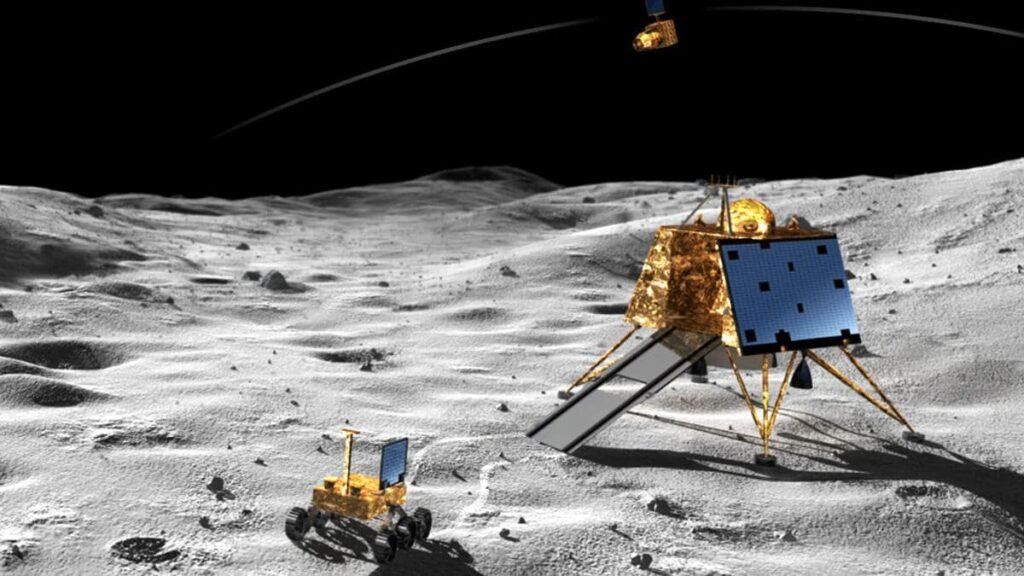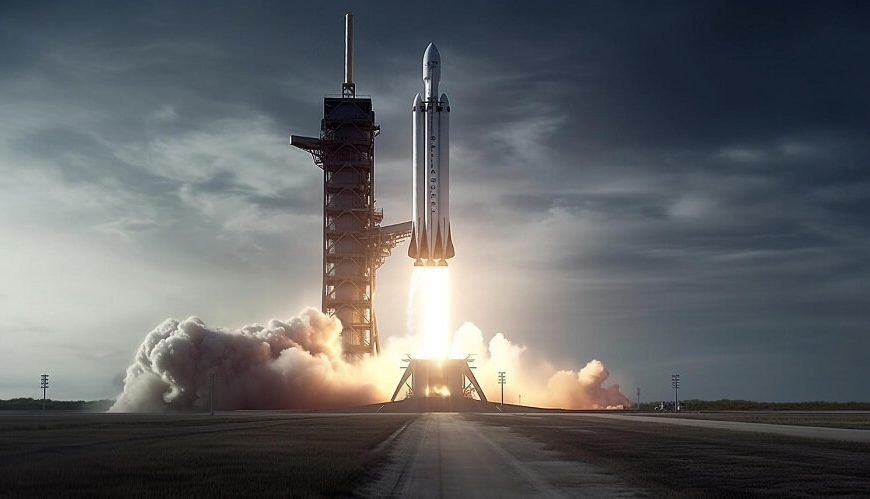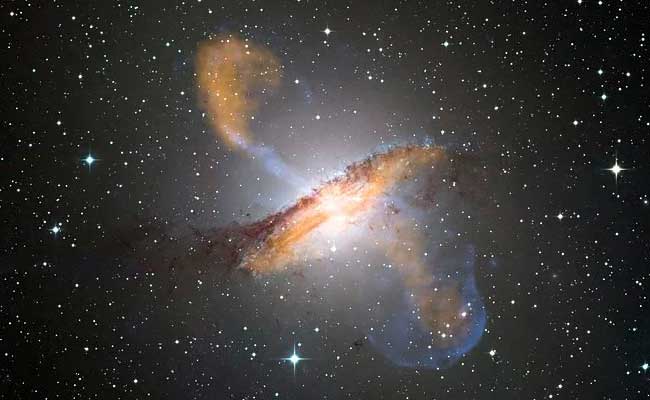The Indian Space Research Organisation (ISRO), established in 1969, has made India a prominent player in the global space community. Over the decades, ISRO has achieved numerous milestones in satellite technology, space exploration, and interplanetary missions. Its innovative approach, cost-effective solutions, and remarkable scientific accomplishments have brought India worldwide recognition. This article explores the key space research achievements of ISRO that have shaped India’s space journey.
Launch of Indigenous Satellites
One of ISRO’s earliest achievements was the development and launch of indigenous satellites. Starting with Aryabhata in 1975, India successfully placed its first satellite into orbit. This was followed by satellites like Rohini, which marked significant advancements in satellite technology and payload capabilities. ISRO’s INSAT series revolutionized telecommunications, television broadcasting, and meteorology in India, providing critical data for disaster management, weather forecasting, and rural communication.
Development of Launch Vehicles
ISRO’s ability to design and launch indigenous rockets is a cornerstone of its achievements. The Satellite Launch Vehicle (SLV), followed by Augmented Satellite Launch Vehicle (ASLV), and the more advanced Polar Satellite Launch Vehicle (PSLV), enabled India to launch satellites into various orbits efficiently. Notably, the PSLV earned global acclaim for its reliability and cost-effectiveness, enabling India to launch not only its own satellites but also foreign satellites, contributing to the commercial space market. The Geosynchronous Satellite Launch Vehicle (GSLV) further enhanced India’s capacity to place heavier satellites into higher orbits.
Chandrayaan Missions: Exploring the Moon

ISRO’s lunar exploration program has been a significant milestone in India’s space research achievements. The Chandrayaan-1 mission, launched in 2008, made a groundbreaking discovery of water molecules on the Moon’s surface, a major contribution to planetary science. Following this, Chandrayaan-2 in 2019 demonstrated India’s capabilities in soft-landing technology on extraterrestrial surfaces. Despite the lander’s partial setback, the orbiter continues to provide valuable scientific data, marking another step in ISRO’s ambitious lunar exploration plans.
Mars Orbiter Mission (Mangalyaan): India’s Red Planet Success
One of ISRO’s most celebrated achievements is the Mars Orbiter Mission (MOM), also known as Mangalyaan, launched in 2013. India became the first Asian nation to reach Mars orbit on its first attempt, and the fourth space agency globally to do so. This mission was notable not only for its success but also for its cost-efficiency, as it was executed with a modest budget compared to other interplanetary missions. MOM continues to send critical data about the Martian atmosphere, surface, and mineral composition, reinforcing India’s position in interplanetary research.
Advances in Satellite Navigation and Earth Observation
ISRO has also made remarkable contributions in satellite navigation and Earth observation. The Indian Regional Navigation Satellite System (IRNSS or NavIC) provides accurate positioning information, crucial for civilian and defense applications. Earth observation satellites, such as the Cartosat and RISAT series, deliver high-resolution imagery for agriculture, forestry, urban planning, and disaster management. These satellites are instrumental in monitoring natural resources and climate change, reflecting ISRO’s commitment to societal development.
Global Recognition and Future Missions
ISRO’s consistent achievements have earned it global recognition. It has successfully launched satellites for over 30 countries, showcasing its reliability in commercial space ventures. Looking ahead, ISRO plans to undertake missions like Gaganyaan, India’s first crewed spaceflight, and Chandrayaan-3, emphasizing soft-landing technology on the Moon. These missions reflect India’s commitment to advancing space science and inspiring future generations.
The space research achievements of ISRO highlight India’s evolution into a major space-faring nation. From launching indigenous satellites and cost-effective rockets to exploring the Moon and Mars, ISRO’s journey is a testament to scientific excellence, innovation, and determination. With ambitious future missions, India is poised to continue making significant contributions to global space research, inspiring nations and young scientists alike.
Discover the Best Telescopes for Amateur Astronomers
Read Also: Education Website Design
![]()





